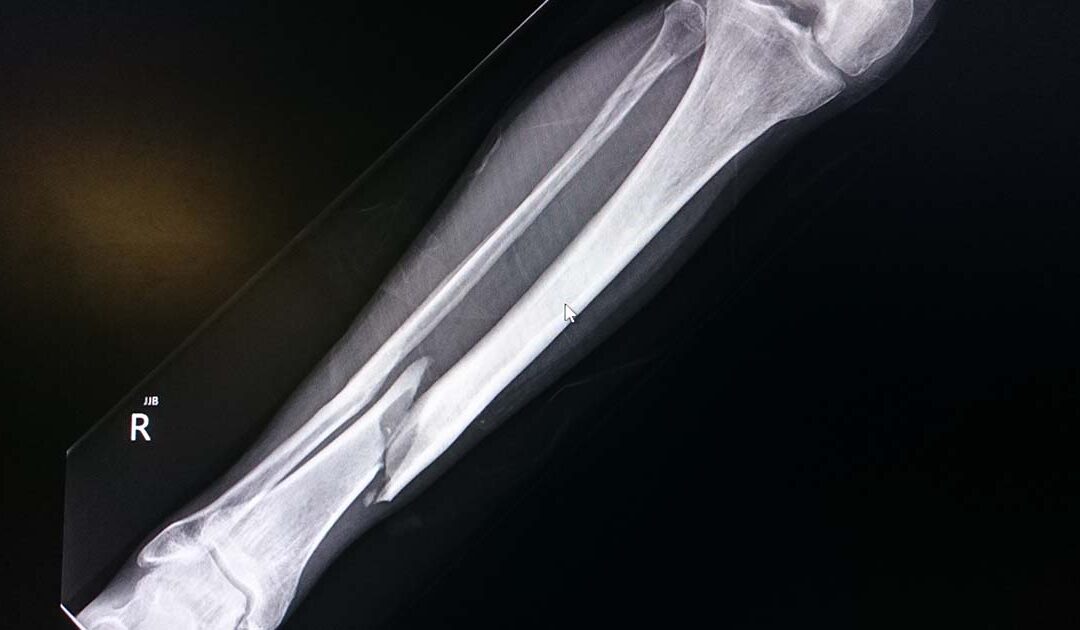I’ve had my fair share of kendo injuries. Sometimes they’ve been broken bones (one wrist from falling during drills, two toes from playing stupidly), but mostly they’ve been soft-tissue injuries. Think muscle sprains, strains, and tendonitis.
Like many kendoka, I was encouraged to play through soft-tissue injuries. “It makes you stronger.” “It’s good for you.” “It’s part of kendo.”
** BULLSHIT **
In my opinion, none of the above reasons are valid. Playing through a soft-tissue injury means it will take longer to heal. You also run the risk of further injury as you compensate for your body’s weakness in that area. Or, you run the risk of taking a temporary condition (i.e. tendonitis) and turning it into a chronic, degenerative condition (i.e. tendonosis).
Your Sensei is (probably) NOT a Therapist
The likelihood of your sensei having any formal training in physiology, physiotherapy, kinesiology, or personal training is slim. Most sensei are in the role because they’ve been doing kendo a long time. They may be great kendo instructors but may have no clue how the body responds to injury or how one should treat it.
There are many sensei whose kendo ability I respect who have given me absolutely wrong advice about how to deal with soft tissue injuries. “Play through it.” “Work it harder.” That kind of stuff. It’s typical, but it’s wrong. If you have a broken bone you have to let it heal. You should treat soft tissue injuries like broken bones and give them the time to heal properly.
Youth Doesn’t Last Forever
You may be young. You may be fit. That’s nice – for now. The wear and tear on your body that you’re incurring now is probably bearable but as you get older that stuff catches up to you. Things that aren’t noticeable in your 20’s or 30’s have a habit of creeping up on you in your 40’s and 50’s. If you want to be an active senior, you need to take care of your body as you age. Part of that means taking the time to heal properly when necessary, and getting appropriate therapy for injuries you receive.
Professional Athletes Take Time to Heal
Professional athletes also get back in the game faster because they have access to the BEST therapists, the BEST trainers, the BEST technology, and because IT’S THEIR JOB TO BE FIT AND HEALTHY. Most recreational kendoka are not in top physical shape and when injured don’t have easy or inexpensive access to therapy, rehabilitation trainers, or even basic rehabilitation technology. As a result, it’s even MORE important to pay attention to your body and allow your body to heal from minor injuries so those small problems don’t become chronic health issues.
Where’s The Respect?
This is one area where I think we fail in kendo when we don’t take the time to heal. We fail to respect the needs of our bodies. Self-respect is arguably the most important thing we need to develop in kendo and not taking the time to heal properly is disrespectful to our selves. Kendoka who tell you to play through your injury are not respecting you. Stand up for your self and do what’s right for your body, even through your spirit and your ego may be telling you it’s alright. Your sensei isn’t the one who has to deal with the consequences of a worsened injury.
You only have one body. Respect it. Treat it well so you can continue doing kendo into your golden years. If that means taking it easy or *gasp* taking time off to let an injury heal, then that’s what you should do. Not doing so could ultimately shorten your kendo career and lead to injuries that will impair your abilities for the rest of your life. Imagine not being able to wipe your own butt because you didn’t let a rotator cuff injury heal properly, or being able to run around the yard with your kids because you let an Achilles tendon issue get out of hand. That’s the kind of thing I’m talking about.
Your body, your choice. Choose wisely.

